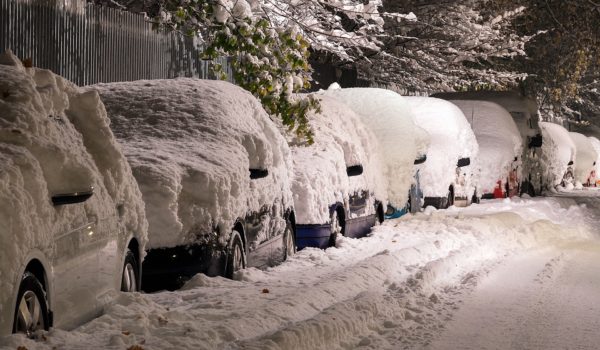
Science, Iron, and History
Most of us remember barns being red. Obviously they come in different shapes and sizes, but why is it that traditionally they were always painted the same red? It may seem a pointless question to ask, such as, why is the sky blue? What’s interesting is there is a verifiable reason to why barns were once painted crimson. To know the reason requires an inquiring gaze to the heavens, and a peculiar curiosity only science can efficiently appease. Throughout history, there has been much debate about where we come from and almost doubly as much about why we are here. We’ve learned that stars can die, grow, shrink, and explode. We’ve learned that our star is not anywhere close to as big as stars get, and that stars can grow even smaller still. We’ve also learned that dying stars caused barns to be red. Indeed. The Smithsonian has recently published an article explaining why this is the case, or rather what it is they’re in fact talking about. The article explains that an employee at Google, named Yonatan Zunger explained the phenomenon recently. When barns were just beginning to be painted, the cheapest paint available was red paint. Obviously, people went with the more affordable option, if they bothered to paint there barn at all. The interesting part of all of this has to do with why the reason the red paint was the cheapest.
Fe2O3 is a common compound of iron and oxygen. The Smithsonian states that it absorbs yellow, green and blue light. The mixture creates the red appearance to our eyes, and it’s used to make red paint because of how common it is. The reason it’s common, is “because of nuclear fusion in dying stars.” In the article Zunger explains: “The only thing holding the star up was the energy of the fusion reactions, so as power levels go down, the star starts to shrink. And as it shrinks, the pressure goes up, and the temperature goes up, until suddenly it hits a temperature where a new reaction can get started. These new reactions give it a big burst of energy, but start to form heavier elements still, and so the cycle gradually repeats, with the star reacting further and further up the periodic table, producing more and more heavy elements as it goes. Until it hits 56. At that point, the reactions simply stop producing energy at all; the star shuts down and collapses without stopping.”
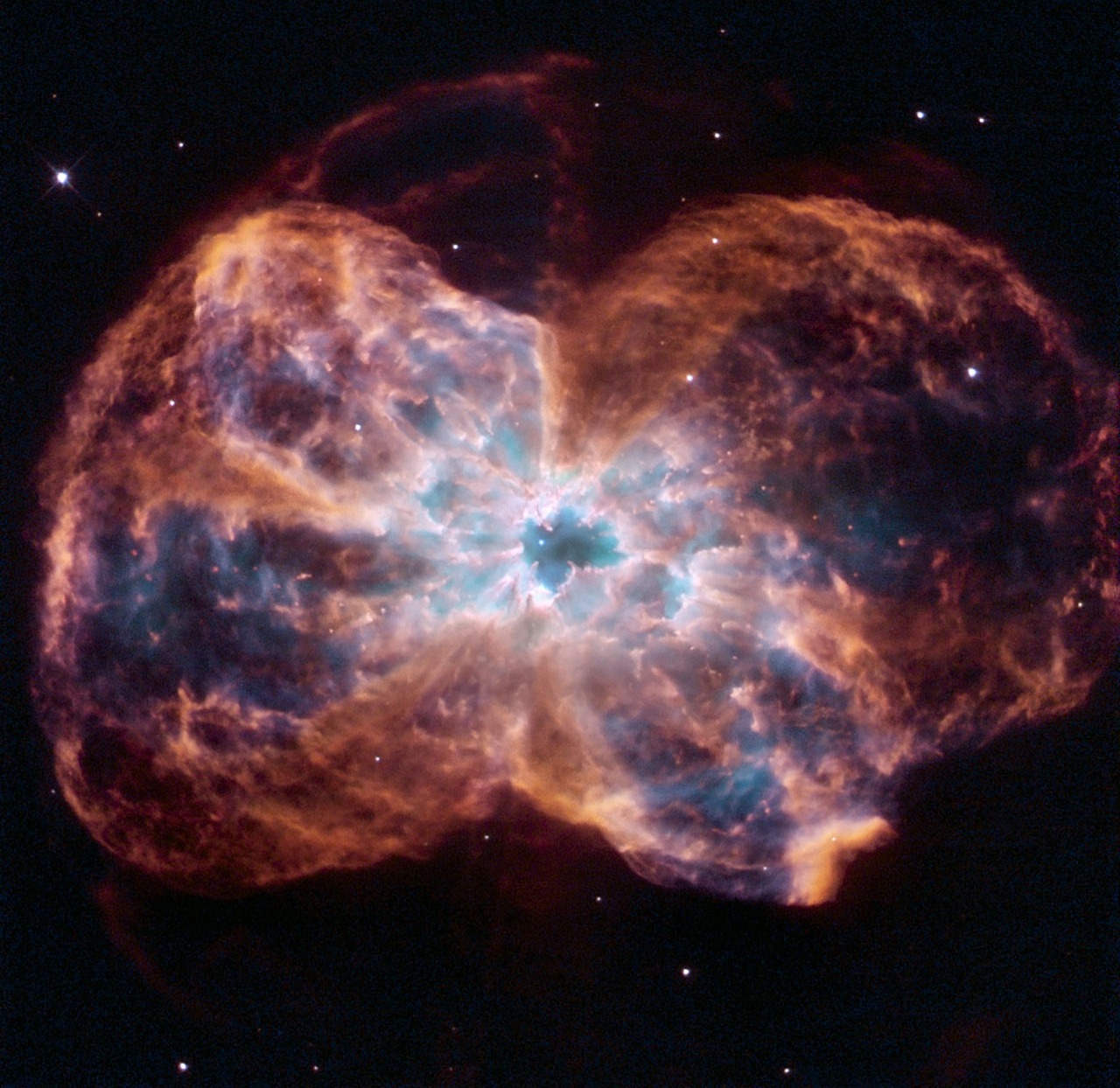
Makes Sense….
Right, pretty simple…Really, the star creates a reaction nearly perpetually in order to burn. Like an engine in the sky. When the gas runs out, it emits 56 nucleons. Which, in a matter of seemingly alchemical uncertainty results almost every time in a ton of iron when it stabilizes. That compound is red, and we put it on barns. There are stranger things happening in the universe, but this one is interesting in it’s seemingly ironic connection with the simplicity of historic life here in America. Dying stars and breakthrough scientific revelations lead scientists to understand why farmers coated their barns with crimson. There are other theories that may have credence to them, but fall short of such concrete information.
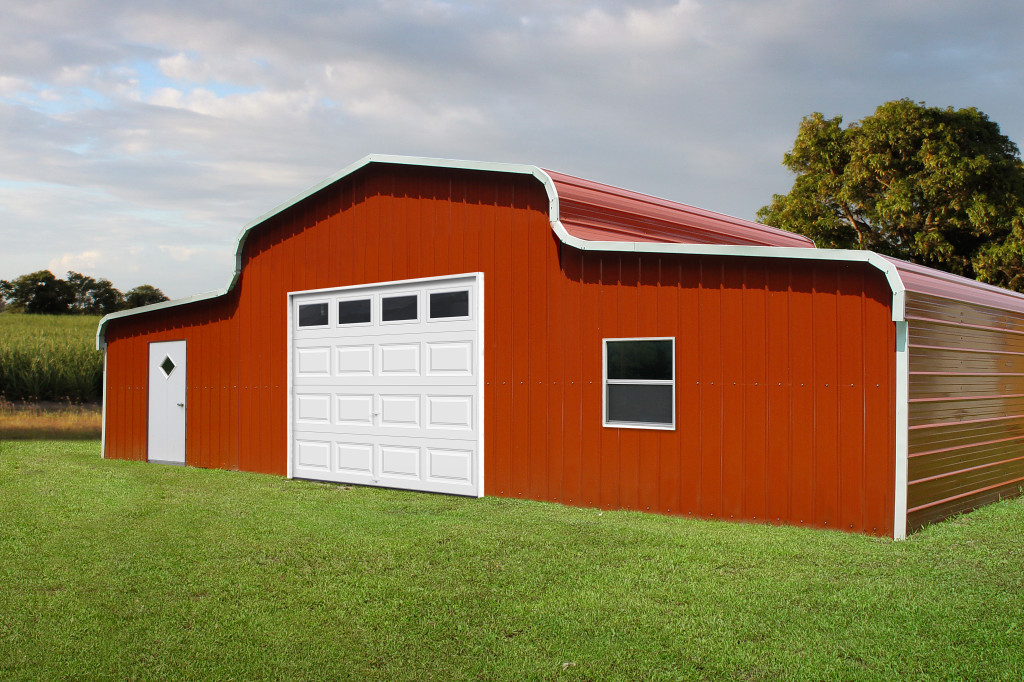
Some of these theories involve using red to mark the barn for cows returning home, turns out cows are red-green colorblind. Some people believe we were copying the Scandinavians who painted their barns to look as if they were made from brick. There’s no real evidence for this, because it proliferated areas where people were uneducated about Scandinavia. It goes without saying that a lot of barns weren’t painted at all. Red paint was cheap, but it’s also not necessary for shelter. It’s not determined who invented it, but at some point farmers began experimenting with ways to create a protective coat of paint to strengthen their barn exterior. The concoction consisted in part skimmed milk, iron, and lime. The rust color came from the iron, as explained above, and it miked with the milk to form a type of clay. The lime helped to keep the wood from rotting, and effectively stained wood a coral color. This mixture eventually lead to warmer barns in the winter when the red color absorbed heat from the sun better than the plain siding did. Herein, more farmers painted their barns, and red was the color the dying stars were deciding fit best.
The Future Of Farming
Farming has always followed intuitive and efficient methods above aesthetically pleasing ones. Our barns are by far the most economical and utilitarian combination on the market currently. We allow for unparallelled customization, and have metal barns on farms all across the United States. When it comes to steel structures, you can select just about any color combination you want. Don’t let no star tell you what to paint your barn, decide for yourself. In all seriousness, take a look at some of our common red barn models and give our state of the art builder a try. You can see what your barn will look like before you purchase it, and get instant local pricing in your area for free. If you’ve got unique installation requirements or custom specifications not outlined on the website, feel free to call in and speak to a building advisor for a free consultation.
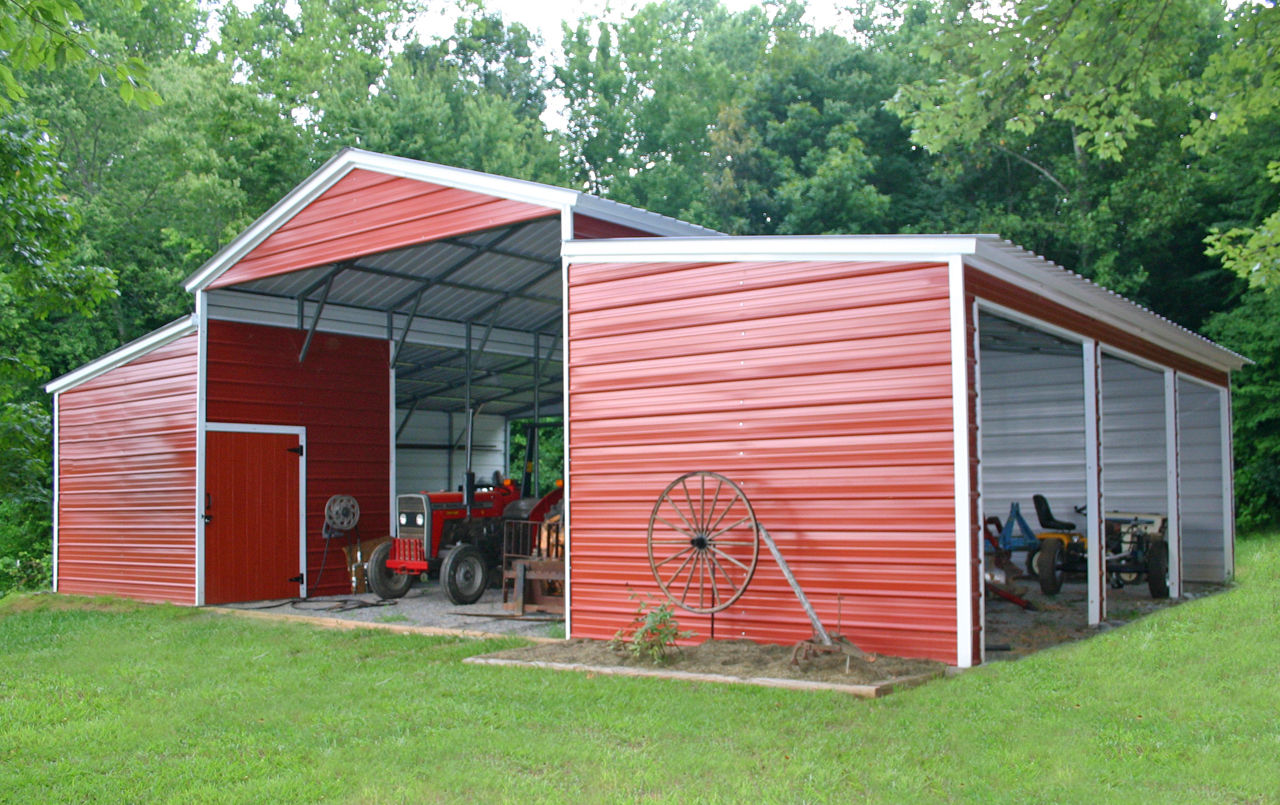
Modern farming is a competitive business, as the larger farms are owned by corporations, and small farmers can’t compete on prices with all of the technology afforded by the same large companies driving them out of business. We care about our farmers at Elephant, and have worked to create a line of products that can fit almost any budget. We understand that the necessitiy of shelters for your livestock and product is exactly that, a necessity. Don’t let shoddy contractor construction with overseas metals contaminate your slice of paradise. Elephant Structures manufacturers all of our product here in North Carolina. We offer free installation and delivery with every purchase. Order now, or send in a custom quote form to correspond with an industry leading professional backed by a team of engineers. We’ve been building structures for 37 years, and our star has yet to burn out. Go with Elephant, be bright.
Share:


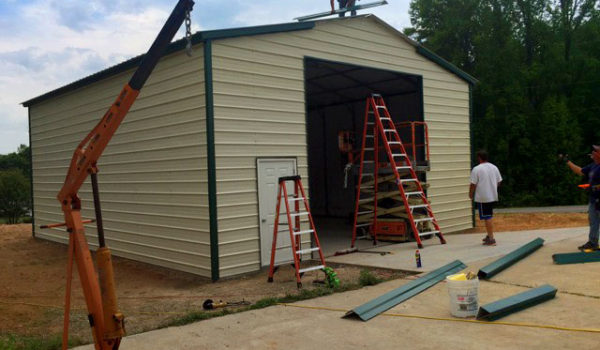

Pingback: California Couple Lets Community Pick Barn Color